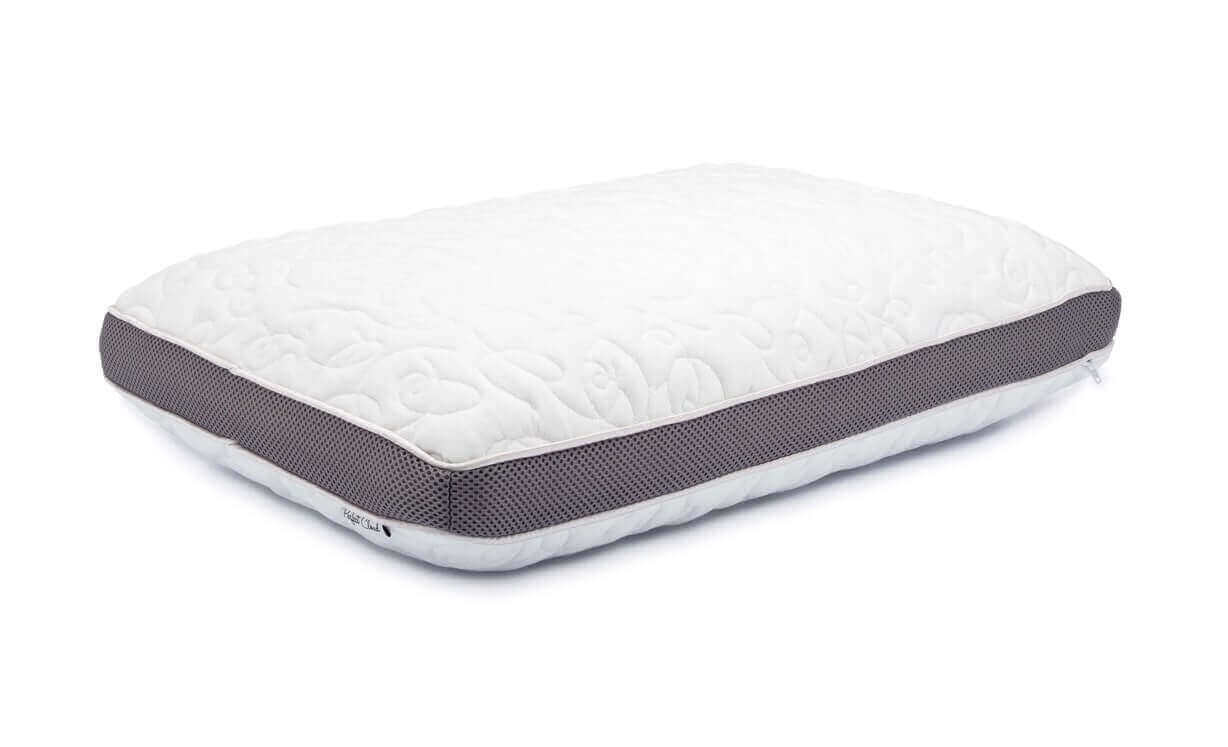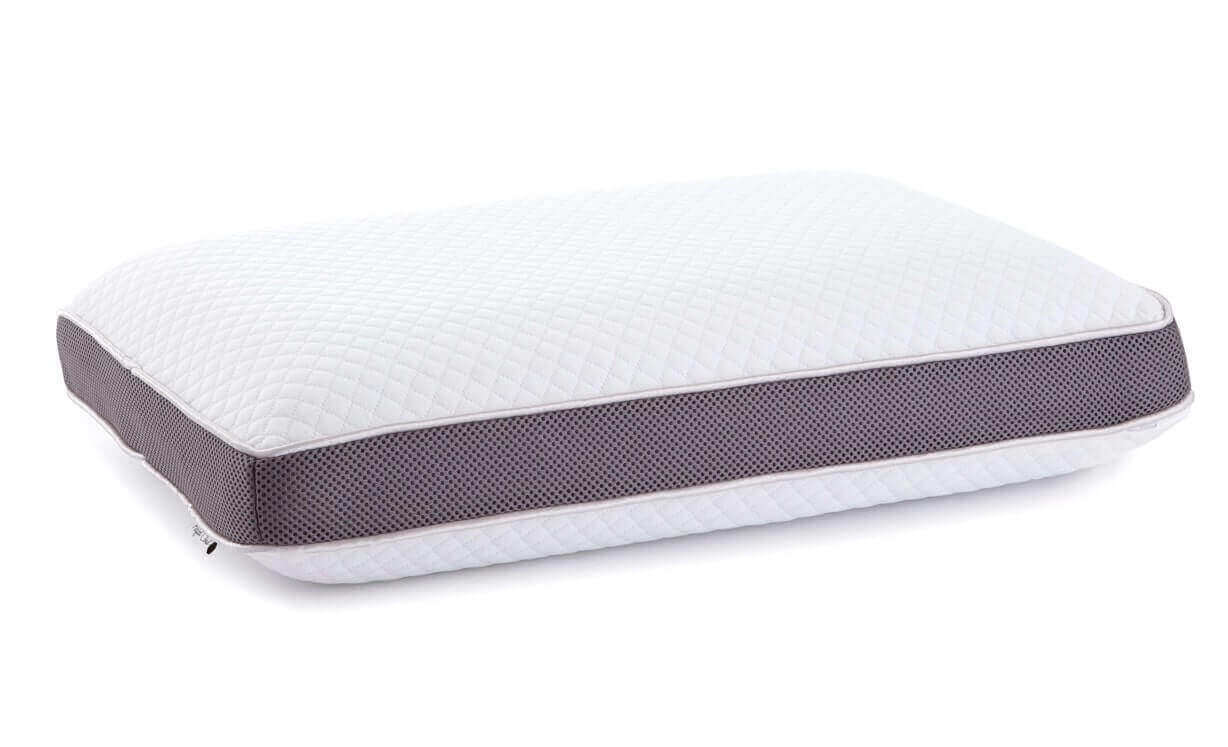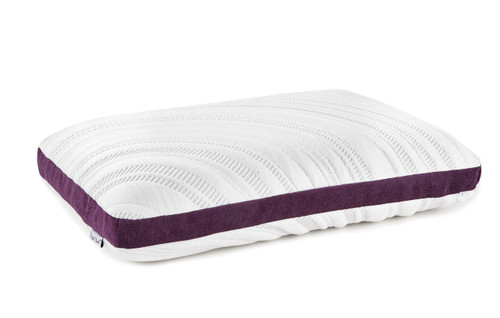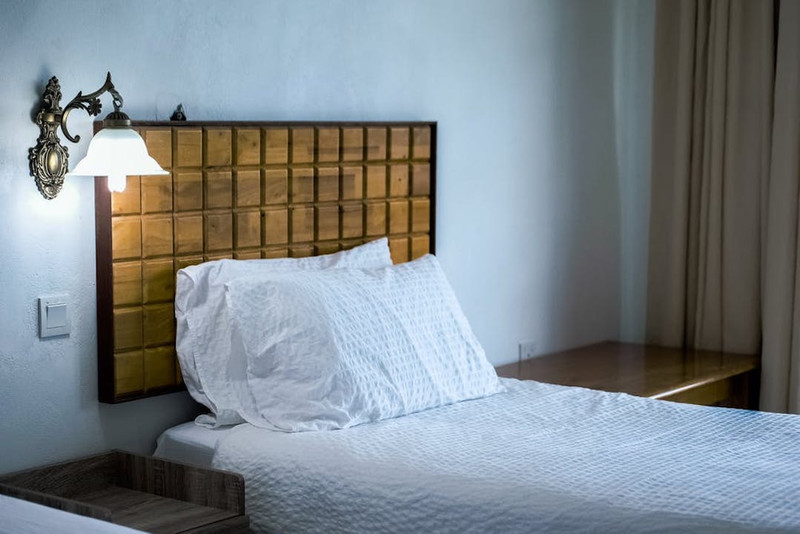How Is Your Pillow Affecting Your Health?
Posted by Andi on 1st Nov 2018
When you sleep on a bad mattress, the signs may be obvious. You might notice a worn groove in the bed, or if you’re still sleeping on box springs, you might feel something poking your back. But your mattress isn’t the only factor that plays into your ability to get a restful, full night’s sleep. For example, what about your pillow?
We often take pillows for granted, but they’re one of the most important elements to your comfort, posture, and overall health while sleeping. Like everything else we use to sleep, they can wear out over time. So how are you supposed to tell if your pillow is “bad” and needs to be replaced?
The Importance of Pillows
Your pillow serves several important roles as you sleep throughout the night:
- Back and neck support. This is probably the most obvious factor. Pillows are designed to support your neck and back while you sleep. Your neck has a natural curve to it, so if you try laying down completely flat, you might feel a bit of strain. A supportive pillow will keep your head slightly elevated so you don’t encounter any long-term neck problems. You may also use secondary pillows for support, depending on how you sleep. For example, you might keep a pillow between your legs if you sleep on your side so your back remains straight throughout the night.
- Comfort. Most people also enjoy the subjective feeling of laying their head on something soft yet supportive. If you’ve ever crashed after a long day of work, you know how instinctively good a pillow can feel. This comfort is relaxing and can help you fall asleep and stay asleep.
- Cleanliness. Your pillow also needs to be clean. While changing your pillow case on a regular basis can keep it reasonably clean, eventually various bodily fluids, oils, microorganisms, and dust can work their way into the pillow itself.
- Temperature. Pillows are also conduits of temperature; if you sleep on a pillow that isn’t breathable, it could heat up throughout the night, resulting in discomfort that makes it difficult to sleep.
Signs of a "Bad" Pillow
So how can you tell if your current pillow is no longer worth sleeping on?
- Tossing and turning. Tossing and turning throughout the night is a frequent cause of poor-quality sleep. There are many reasons why you might be doing this. If you’re feeling especially stressed or worried, this might be the root cause of the problem. If your mattress is old and no longer supports you the way it used to, that could be the problem. Otherwise, if your pillow is old, that may be your biggest problem.
- Insufficient support. Over time, most types of pillows go flat, or otherwise gradually lose their ability to support your head and neck. After countless nights of resting the full weight of your head or body on these objects, they can no longer do their job properly. You should be able to gauge this by comparing it to how fluffy and supportive it was when you got it.
- Neck and/or back pain. How often do you wake up with neck or back pain? If this becomes a chronic issue, your pillows are likely to blame, in one way or another. Pillows are designed to give your neck and back the support they need throughout the night, so if you’re not getting that support, you may need to replace your current pillow (or get a new one for additional support for your body).
- Subjective discomfort. Sometimes, a pillow just feels “off.” You need to feel comfortable when you attempt to sleep, or else you’ll experience problems getting to sleep or staying asleep. If your pillow is no longer comfortable, because it has a different texture than it used to or because your tastes have changed, it’s time to get a new one.
- Allergy irritation. Over time, as pillows collect more dust, particles, oils, and other materials, they tend to produce more allergic reactions. If your allergies act up consistently, your pillow may be to blame.
- Heavy Discoloration. Take the case off your pillow and look at it. Does it seem heavily discolored, with various stains and marks on it? That’s the sign of a pillow past its prime, and a good motivation to replace it.
- Inconsistency. Feel your pillow across its entire surface. Does its texture and firmness remain consistent, or does it feel patchy or lumpy? If your pillow has become inconsistent, it may need to be replaced.
Finding the Perfect Pillow
If you’re in the market for a new pillow to replace your old one, you might as well look for the best-quality pillow you can afford. These factors will guide you to the right pillow or pillows for you:
- Number and placement. How many pillows do you want? Depending on what position you normally sleep in, it may be wise to adopt a second, or even a third pillow to give other parts of your body additional support.
- Firmness. Different people will prefer different levels of firmness. Try out several types of pillow if you can, and determine whether you prefer something stiffer and more supportive or softer and more relaxing.
- Structure and materials. Some pillows have a special type of structure that gives them an edge in some way, such as breathable air channels that allow the pillow to stay cool, or a special material that prevents or reduces allergy problems.
- Other features. You may find pillows with additional features, such as infused essential oils, to help you relax as you drift to sleep.
Are you ready to replace your old pillow with one that can provide adequate head and neck support? Consider trying our Double Airflow Pillow, a memory foam pillow designed to eliminate head, neck, and shoulder pain while providing the comfort you need for a full night’s rest. Built-in airflow channels and a ventilated mesh trim keep you cool throughout the night without jeopardizing its firmness or function.











